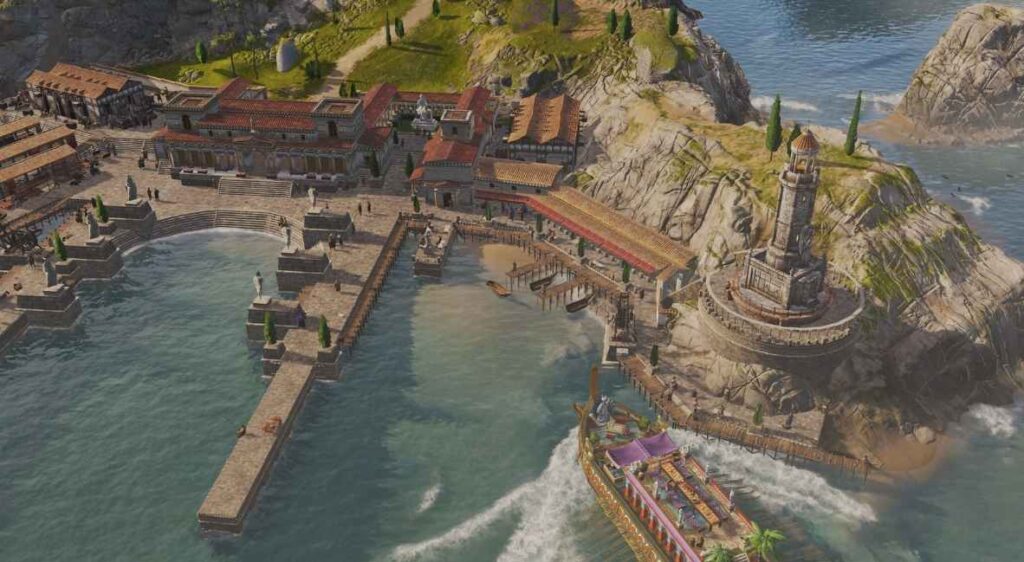The Anno 117 campaign will take you to Latium and Albion. Read our interview with creative director Manuel Reinher and delve into co-op, Albion, and how the game strikes a balance between welcoming and challenging.
Ubisoft Mainz’s beloved city-builder series is set to return in November 2025 with Anno 117: Pax Romana. We have done multiple previews this year on the highly anticipated city-builder. We checked out Anno 117’s gameplay with the Roman-inspired Latium region and the Celtic-inspired Albion region in sandbox mode, and it’s clear that the game is setting up to be an expansive and challenging experience for players, with plenty of new features and challenges. But until now, we had not gotten the chance to go hands-on with the choice-driven Anno 117 campaign.
In our latest hands-on session with the game, we got to try out the more robust Anno 117 campaign. It should be noted that our impressions are limited to Act I of the campaign. And while we got to experience some of the Anno 117 campaign’s depth, there will surely still be much more to come at release.
Anyone who remembers the Anno 1800 campaign can tell you all about how much “fun” they had fishing with dynamite to start the game, only to proceed never to do that or anything like it ever again. I am not going to say Anno 1800‘s campaign was all bad, but it was definitely lacking in areas ranging from a poor tutorial to a pretty lackluster story. In that title, it was all about the building.
The Anno 117 campaign gives players a choice of narrative to play through.
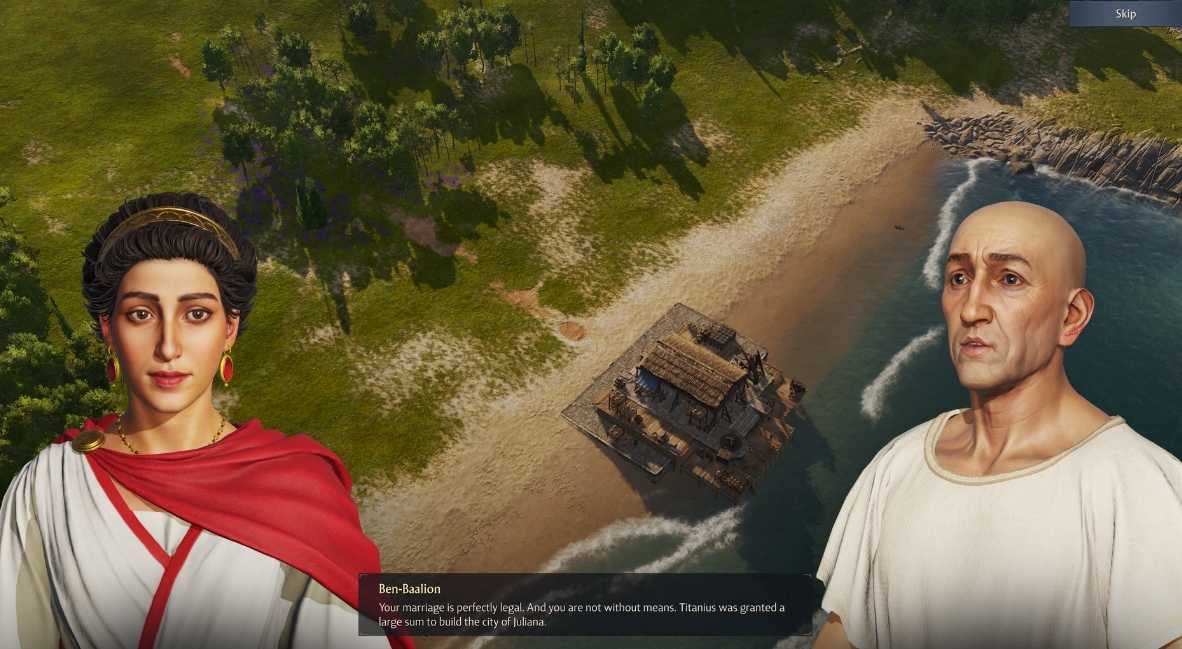
Now, the Anno 117 campaign is completely different right from the start. The first key difference is that players are given the option to choose from two different characters—each character has their own story and unique challenges they will need to overcome. Players will have the option to choose one of a brother-sister duo of Marcus or Marcia.
Marcus is a man full of self-doubt, and many times, you will question how he was even appointed governor. He seems to be very oblivious to everything going on around him and wants to be liked by people. Marcus feels like he is wandering around seemingly lost, which does add to his charm because you want him to do well and help him to be the best governor he can be.
That said, Marcia’s story, at least in my limited time in the campaign, is much more interesting than her brother’s. She is a woman governor, which was nearly unheard of in Roman times. That said, she does become governor under mysterious circumstances, which adds even more complexity to her narrative. She goes from being married off by her family to a sick man she doesn’t know, to ruling on her own.
Marcia’s story offers a more interesting Act 1 than Marcus, but both are robust.
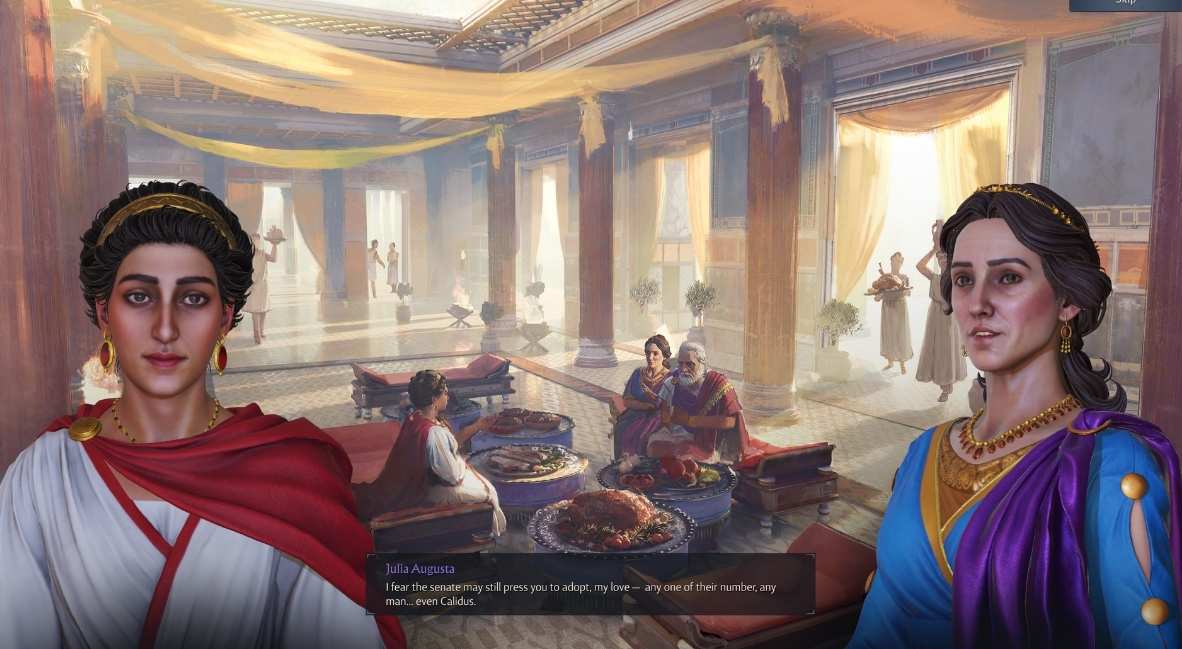
Act I of the Anno 117 Campaign is a solid introduction. Narratively, it sets up what could be two compelling stories. Still, how the rest of the narrative develops will play a huge part in how we remember the Anno 117 campaign, since it does feel like Act I is more of a tutorial for learning the basics of the game and the characters, and thus none of your choices really seem to matter. No matter the choice you make, all routes lead to the same conclusion.
This doesn’t mean that is how it will all play out throughout the rest of the Anno 117 campaign, as there does seem to be some setup for choices to be made later on that will matter more and change the outcome of the stories. However, I was hoping for at least one meaningful choice right out of the gate to establish the player-driven campaign that Ubisoft Mainz has talked about at length. Still, I do understand that this first act really does seem to be an introductory Act of the campaign.
Even with that critique, there are plenty of dialogue options for users to choose from, allowing them to learn about the characters and their backgrounds. This adds significant depth to the stories and explains more of the character behaviors towards the player and others.
Anno 117: Pax Romana has dialogue choices, but in Act 1, they don’t seem to have much impact on key events.
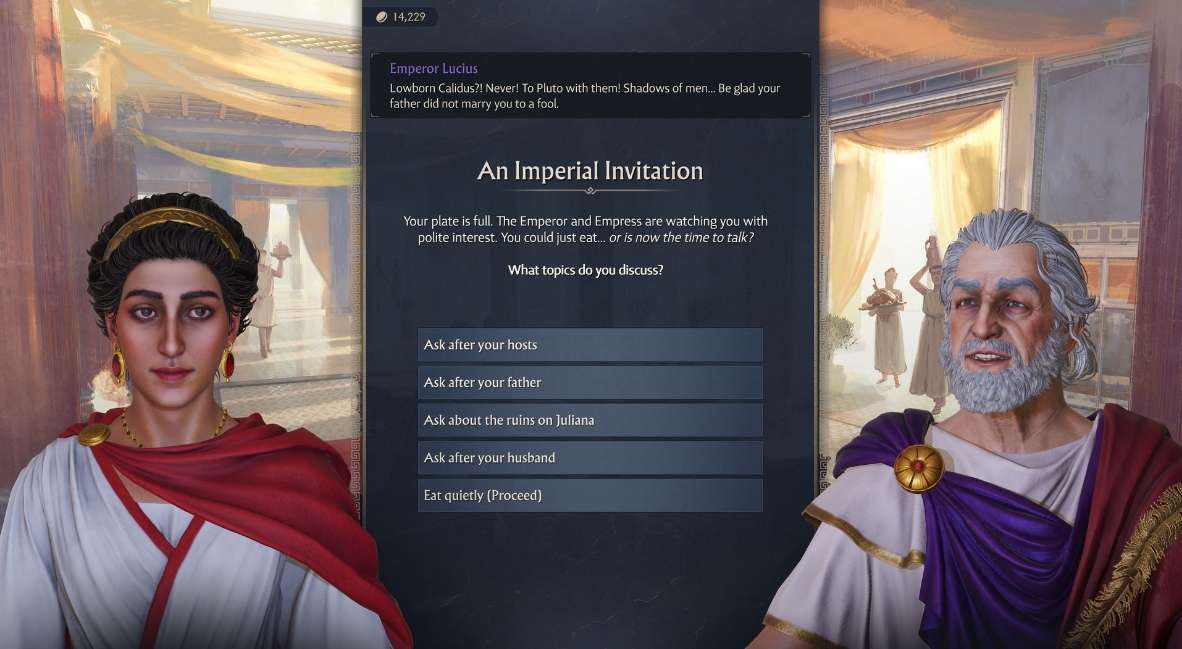
So while the consequences for your choices may be lacking in Act I of the Anno 117 campaign, there is plenty of information and learning about the time period and people to hook players in as they move into the later parts of the campaign.
The biggest overall difference from Anno 1800 to Anno 117 is that this campaign allows you to play co-op with friend(s). This is huge for anyone, like myself, who is a huge co-op person. I know Co-Cop came later in the Anno 1800 life cycle, which meant it was never originally part of the campaign. Now, of course, since the game starts slowly with some guardrails on what you can do, it can take a little while for everything to get going co-op-wise, but having that option is a real game-changer.
You can’t settle new islands in Act 1, which limits the management and building that another person may have, and you definitely don’t have a ship-of-the-line to get to exploring. Still, after an early period of imbalance, it begins to even out, which hopefully will be more clearly seen beyond Act 1.
Co-op is here for the Anno 117 campaign, while ramp is slow, it is fun.
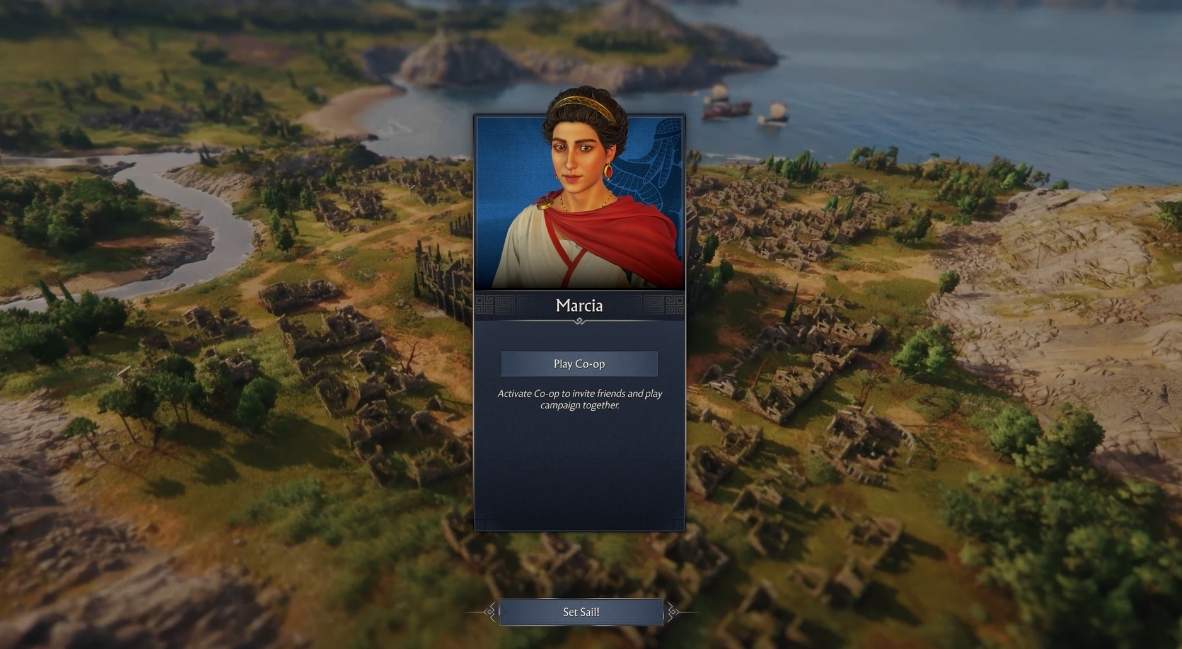
There is still much to see from the campaign, as the first act only takes place within Latium and ends with the player now setting up in Albion. This is also beneficial for the new player experience, as it allows players to explore both regions first, one at a time, before having to manage both simultaneously.
The development team has also done a great job in portraying the Roman Empire and the times. This is very apparent in the Marcia storyline and how the characters treat women at that historical time.
Overall the Anno 117: Pax Romana campaign, just from playing Act I, is way more expansive and in-depth compared to it’s predecessor. There are many more dialog options, and dialog in general, as well as characters, seem to have some depth.
Now, whether the narratives stick the landing or not is yet to be seen, but it does seem like the Anno 117: Pax Romana campaign is heading in the right direction and could be something that players play multiple times to explore all the different scenarios and paths the narratives could take them.

